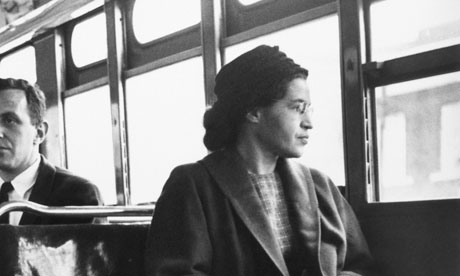Transit Equity
Posted on by Isabelle Brown
The conversation surrounding transportation equity is incomplete without hearing from disadvantaged communities such as low-income members of society, people with disabilities, and Black and BIPOC (Black, Indigenous, People of Color) communities.
What is Transit Equity?
Transportation equity is the idea that no matter your race, gender, income, age, or location, public transit is a civil right that should be safe, accessible, affordable, and environmentally sustainable.
In order to achieve transit equity around the U.S., residents need to be provided with proper resources, tools, and opportunities for economic growth. In terms of transit, funding public transportation systems is key to community advancement.

Transit Equity Day, celebrated on February 4th, commemorates the life and legacy of Rosa Parks and the key role she played in creating the ideals behind transportation equity. We are able to take all the positive changes we have made, and develop them further to make transit systems better for those who have historically been left out.
Combatting Climate Change
Not only is public transit a connection between communities and economic abundance, but a strategy to combat climate change. This creates a great need for low-income and primarily Black communities to receive abundant resources for equitable and accessible transit systems.
Transit equity requires stakeholders and industry leaders to pinpoint where the needs are the greatest, and to do what’s necessary to meet those needs. If we are planning for the people who are the most marginalized, then everyone in between benefits, too.
Recognizing the link between economic, environmental, and health issues is key to beginning to achieve transit equity. The disproportionate impact of environmental hazards on people of color has been heightened by institutional policy and planning that leaves out low-income communities from the real benefits of thriving public transit systems.
Our Role
To advocate and fight for transit equity, members of the transportation industry like ourselves must create space to prioritize community voice, and center on processes that achieve positive outcomes.
As Vernā Myers, VP of Inclusion Strategy at Netflix put it, “Diversity is being invited to the party. Inclusion is being asked to dance.”
